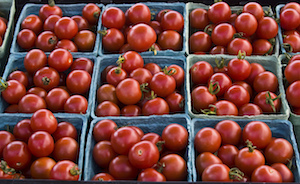Even if you have all of the essential furniture, a room can still feel "off" without the warm, cozy textures that really make a house a home. Here are a few smart tips for adding designer-inspired textures to any space!
- Toss in some throw pillows. If your sofa (or your bed) is looking a bit bare, dress it up using a mishmash of throw pillows in varying textures. Luxurious silks, faux furs, and simple cottons are all great options, and don’t be afraid to combine colors and patterns, as well.
- Add a blanket. One way to make your room look magazine-worthy is by draping a blanket across a bare surface. Think the arm of a chair, the back of the sofa or the foot of your bed.
- Add woodgrain to the walls. Even if you live in a rental, you can add the rustic look of woodgrain to any room in your home by creating a large-scale art piece made of recycled wood.
- DIY a tile backsplash. If your lease permits it, adding a tile backsplash is a great way to add texture in the kitchen. There are a number of temporary options that can even be removed when you move out.
- Hang curtains. Any interior designer will tell you that no room is complete without some type of window treatment. Make a room feel cozier with elegant curtains hung a bit higher than the window frames.
Make an Impact with Texture [Better Homes and Gardens]
Ten Ways to Add Texture to a Room [Apartment Therapy]
Home Décor: 10 Tips to Add Texture [Right @ Home]










 Equal Housing Opportunity
Equal Housing Opportunity